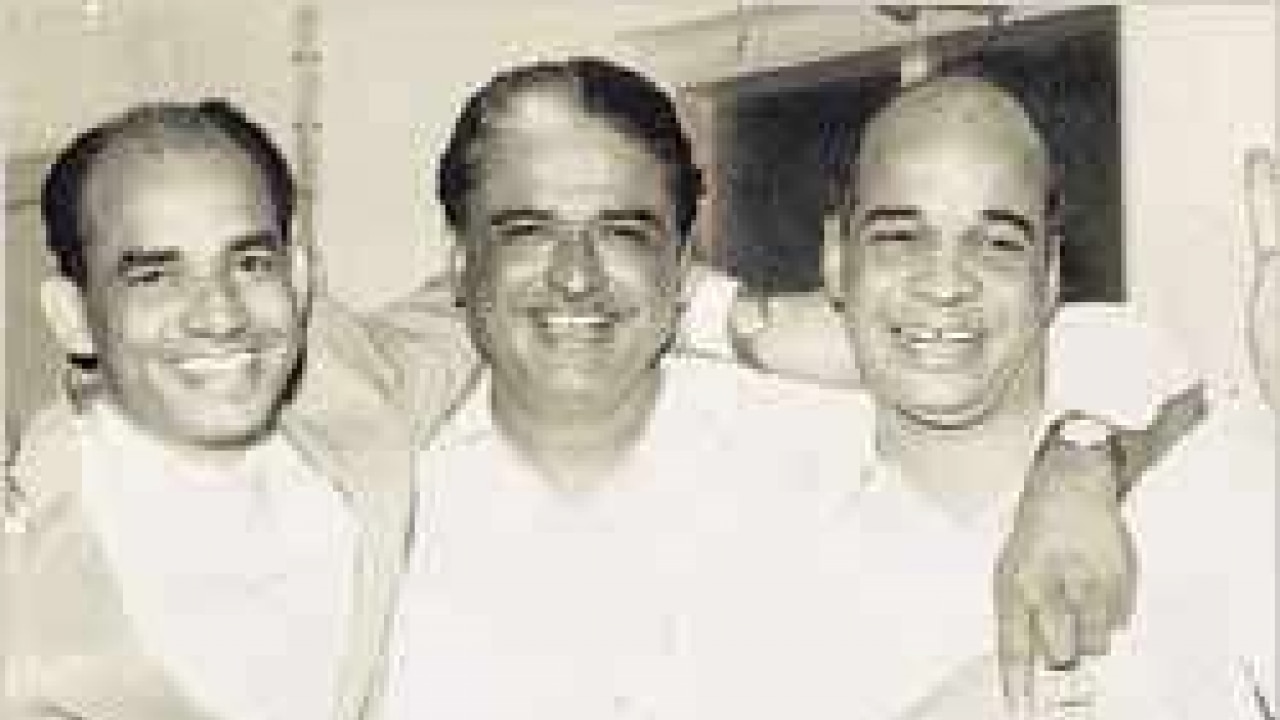
Ashwin Panemangalore writes of the unsung arrangers of the breezy film songs of the ’50s and ’60s—and Pyarelal’s teacher, immortalised in Amar Akbar Anthony.
How come the magical Hindi film songs of the ’50s and ’60s are on everyone’s lips even today? Songs of that era had a rich musical texture that was unique for its outstanding melody, harmony, engaging lyrics and voices, and delectable rhythms. The arrangers drew on a variety of instruments to add body and fill in the space between the lines of an antara, and as a velvet backing to the singer’s voice.
Our lyricists were usually poets and scholars from UP, and the composers and directors from the North and West, but the arrangers were usually Goan. This blend of talents produced unparalleled creativity.
Superb musicians like Sebastian D’Souza and Manohari Singh were the most prolific arrangers who worked for leading composers and directors like Shankar-Jaikishen, OP Nayyar, S D Burman and R D Burman.
Not many know that Pyarelal, of the famed Laxmikant-Pyarelal duo, was an accomplished violinist of the Western classical school. He was taught by Anthony Gonsalves. He nursed ambitions to perform in the West like Zubin Mehta, but was dissuaded by Laxmikant. Pyarelal acknowledged his teacher in the song My Name Is Anthony Gonsalves in Amar Akbar Anthony (1977). Laxmikant composed the music, while Pyarelal arranged it, and together they put their lively stamp on over 300 films.
During the same period worldwide, bands typically had 16-piece orchestras across a narrow spectrum of instruments, brass (trumpets, trombones), reeds (saxophones, clarinets) and rhythm (bass, drums). Musicians like Benny Goodman and Glenn Miller hit the marquee. Stan Kenton was hailed a great big band leader in th US, who used 40 pieces, sometimes even 70.
American music history recognises the contribution of arrangers like Nelson Riddle and Billy May, who arranged music for singing greats including Frank Sinatra and Ella Fitzgerald.
But Hindi film music buffs rarely care to know who arranged the music of the songs they love. This, when Indian arrangers utilised a far wider range of instrumentation that the Americans or Europeans.
The arranger of the song is its unsung engineer. But what exactly does he do? He is a musician with writing skills and a good imagination for harmonies and rhythm. He works closely with the composer/director, adapting his musical composition with voices, instruments and performance styles.
He determines the structure of the melodic line, enlarges the composition by creating harmonies, selects the instruments and decides whether they will be accompaniment, or solos between stanzas. He also notates this into sheet music. It is a painstaking process.
Arrangers and the musicians themselves are uniformly unsung. Today many are either old and living in penury, or dead. John and Joe Gomes (clarinet, violin), Dilip Naik (guitar), Francis Vaz (drums), Anna Joshi (tabla), Enoch Daniels (accordion), the well-known Pt Kartick Kumar, Mike Machado (piano), George Fernandes and the Monserate brothers (trumpet), Anibal Castro (trombone) and many others performed for most of the songs that we sing today.
That they remain ignored in an era when the tunes they performed are widely distributed over the internet and other media, reaching millions across a new generation, is utterly tragic.
(Part II of the series on arrangers’ contributions.) dnasalon@gmail.com